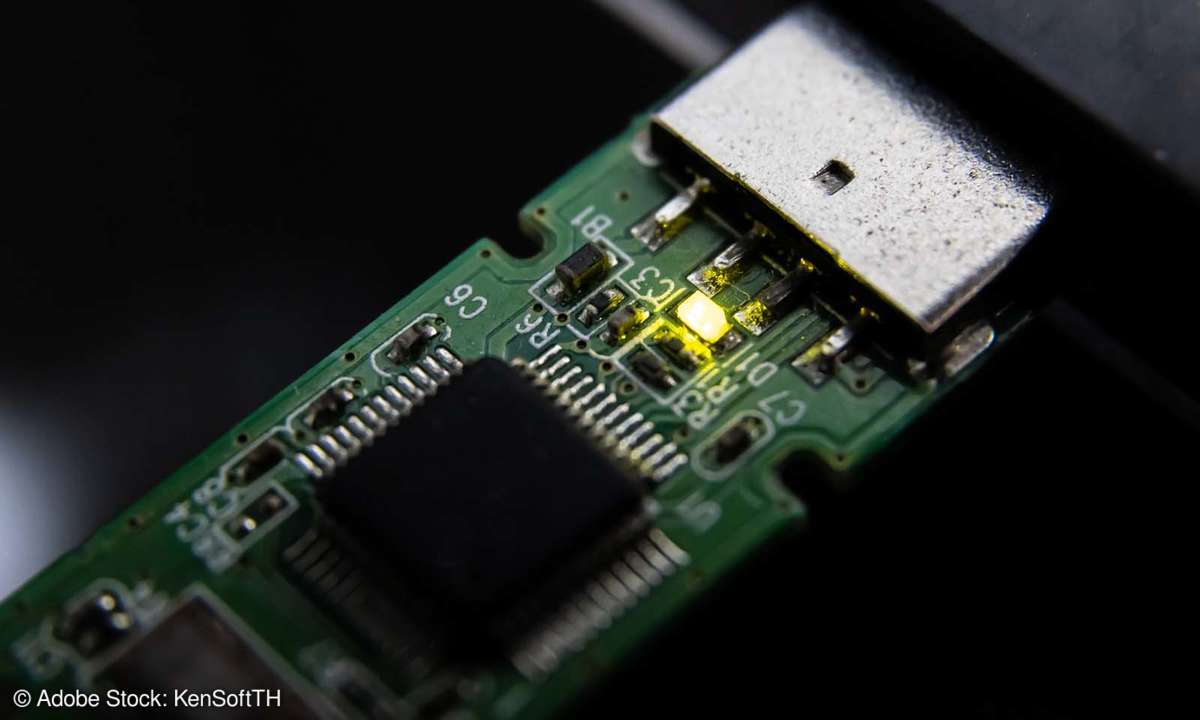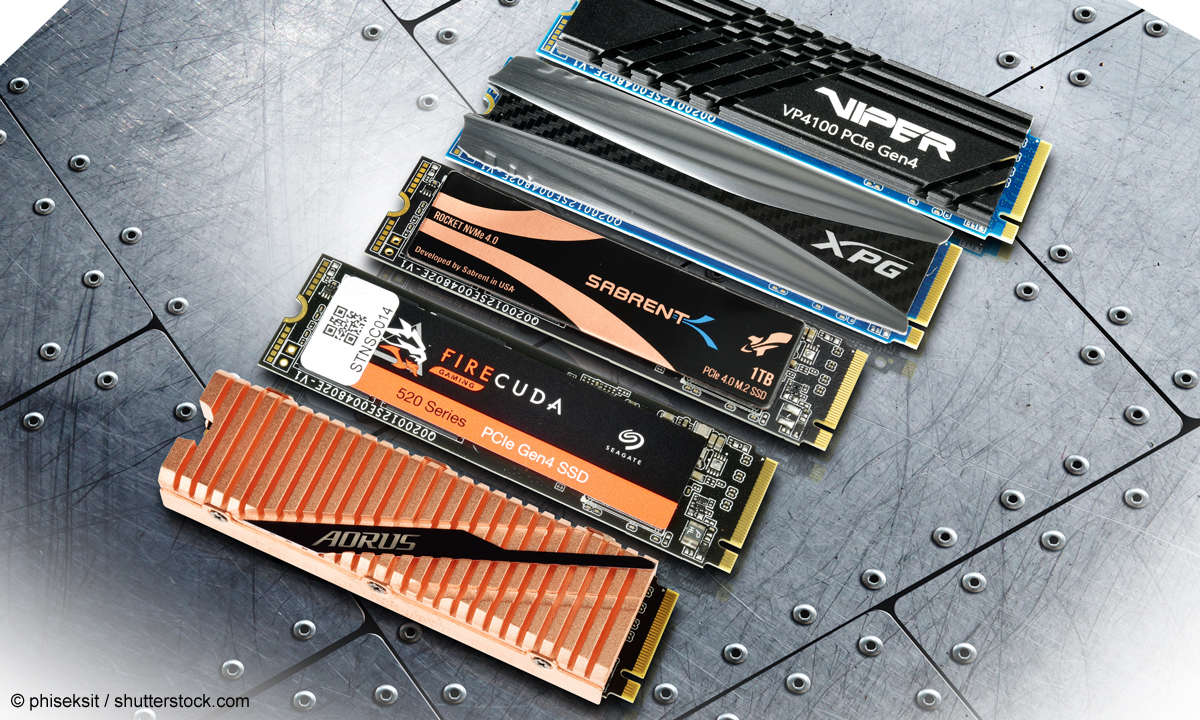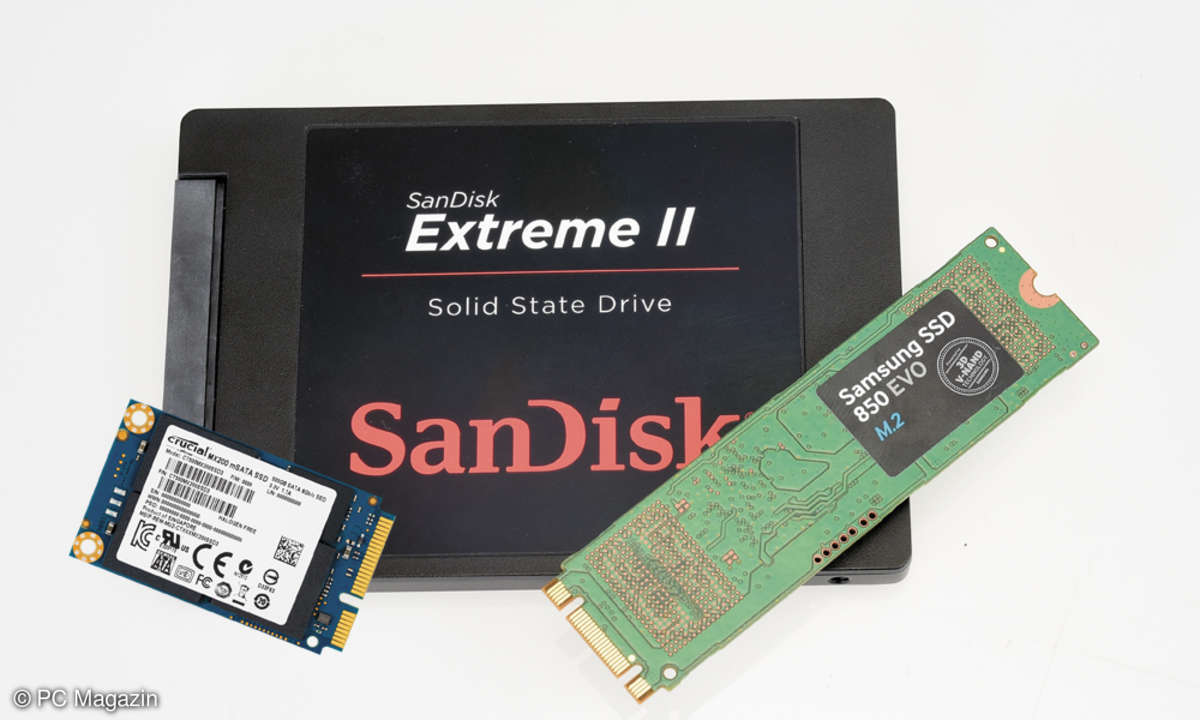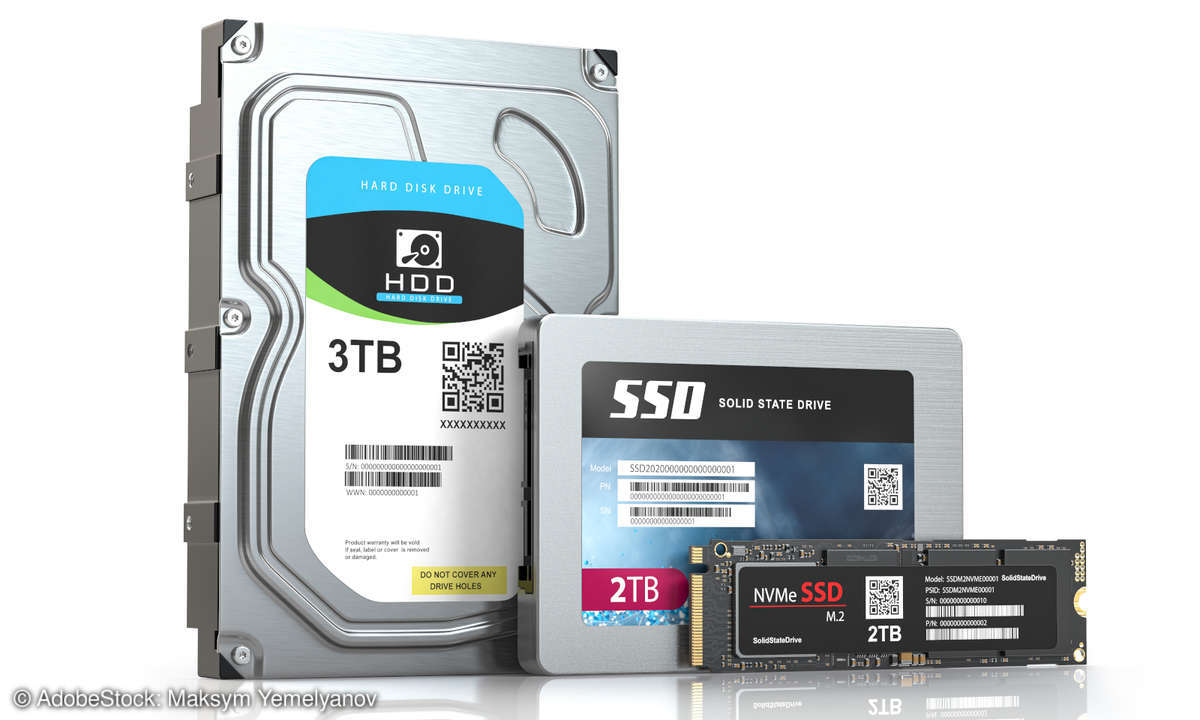Active cooler for M.2 SSDs presented: Do you need it?
Memory cooler from Jiushark
The market now also offers coolers with fans for M.2 SSDs in order to boost their performance. But does storage really need cooling?
News
![]()
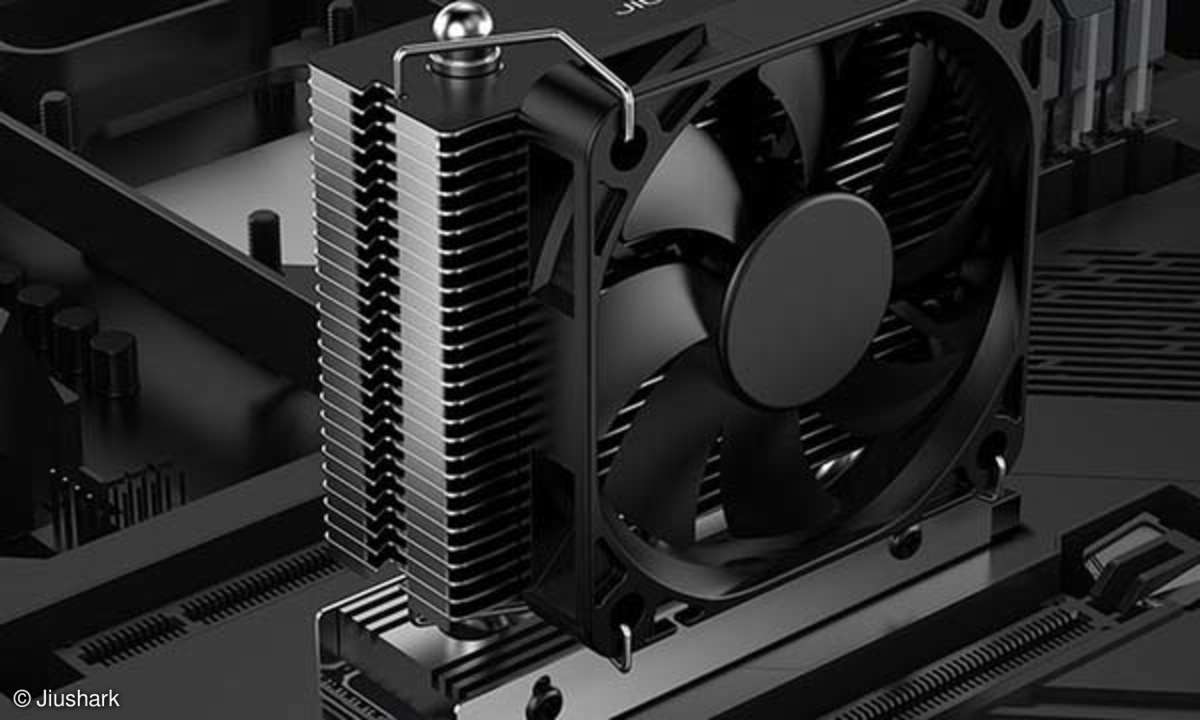
When it comes to tower coolers, most PC users will primarily think of the usual CPU coolers that protect the processor from overheating and thermal throttling. But now the offer has expanded. There have also been some cooling solutions for M.2 SSDs that keep the storage nice and fresh.
Active coolers with fans are new to the portfolio. The latest product in this category is the Chinese manufacturer’s M.2 Three Jiushark. Jiushark offers the cooler with 10 mm heat pipe, 27 aluminum fins, eight-blade axial fan and thermal pads on the Taobao platform for the equivalent of 10 euros.
After installation, the 60 mm fan should rotate at up to 3000 revolutions per minute. Together with the heat sink, it should actively reduce the SSD controller temperature by up to 52 °C to a value of 40 °C. But up to 35 °C less would also be possible in passive operation without a rotating fan. A throttling of the SSD can already be prevented in passive mode.
On paper, the promised specs sound enticing, especially given the price-performance ratio on offer. But do current SSDs need cooling at all in order to get better performance or to achieve a longer runtime?
The maximum service life of the memory depends, among other things, on the temperature of the NAND memory. According to JEDEC, this should ideally be 40 °C. If the temperature is lower, this can even have a negative effect on the longevity of the SSD, which is why laypeople should exercise caution here. The passive operation of the M.2-Three, on the other hand, could have a positive effect on the usage time, but then the cooler is ultimately just an oversized heatsink.
Temperatures without a fan, as indicated in the diagram, are also rarely permanent for SSDs. Values between 30 °C and 50 °C are normal when idling and under low load. An SSD fan should therefore only make sense for people who regularly reach the load limit of the SSD over longer periods of time and who at the same time still find enough space in their system to accommodate a cooler of this size.
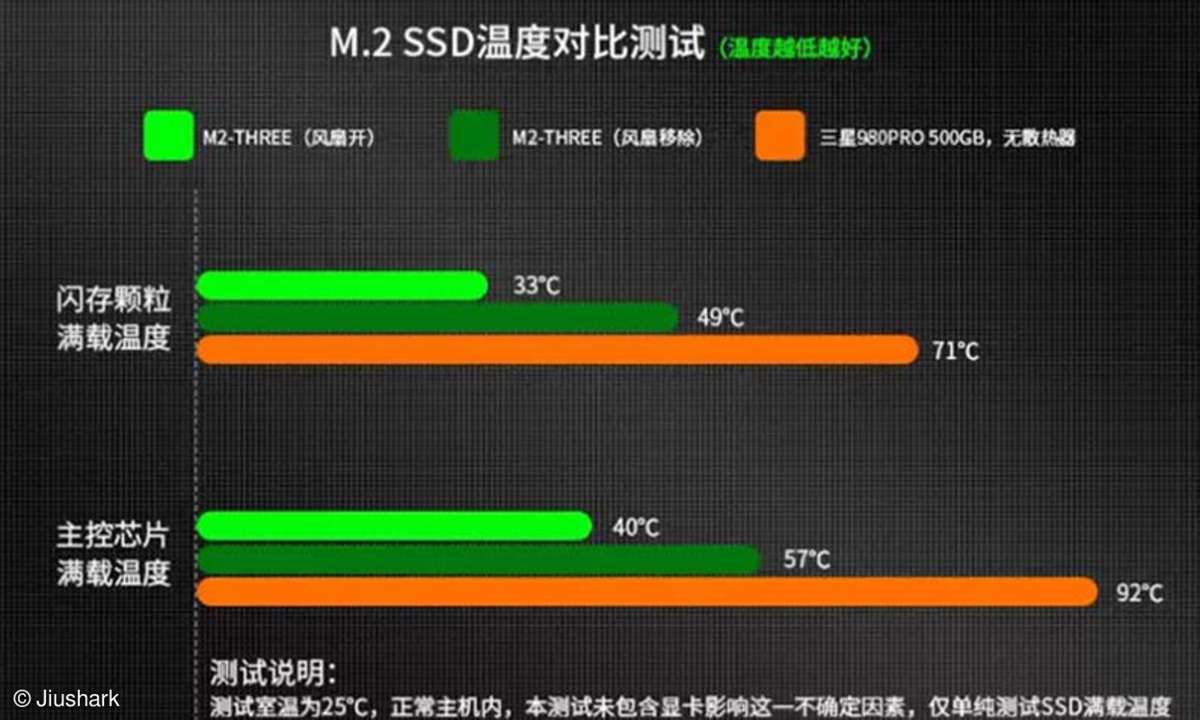
Continue to home page
Reference-www.pc-magazin.de
